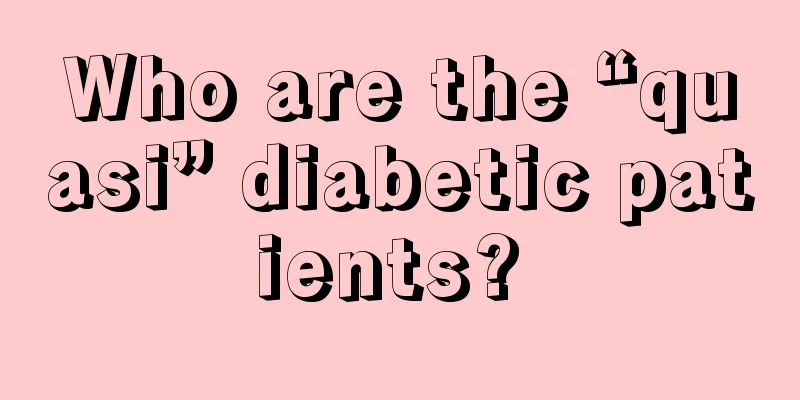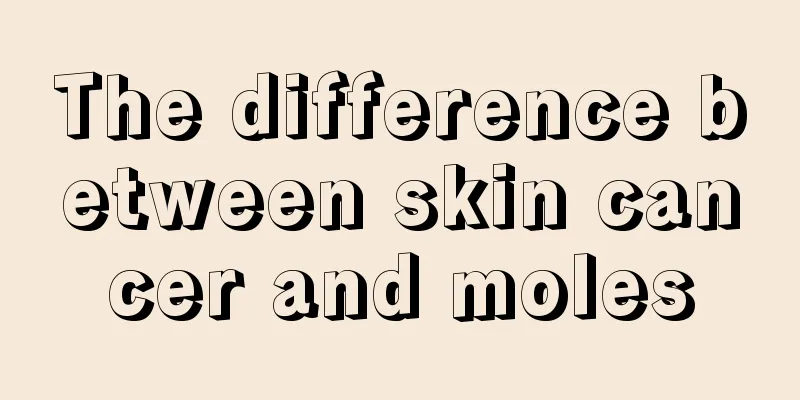Is rickets a chest deformity?

|
Thoracic deformity is a disease with relatively high harm, among which rickets is a representative disease of thoracic deformity. The main cause is calcium deficiency in children. If timely measures are not taken when the child is ill, it is easy to cause rib deformities in the thorax, spinal deformities and other hazards, which will cause a series of problems, such as the child's muscles becoming loose and weak, and the child being prone to intestinal flatulence, etc. 1. Psychoneural symptoms: Children with rickets often suffer from excessive sweating, night terrors, and crying. Excessive sweating has nothing to do with climate. Due to the stimulation of sweat, children with rickets often rub their pillows, resulting in occipital baldness or ring-shaped hair loss. 2. Iliac bone manifestations: Skull softening is an early manifestation of rickets in children and is more common in infants aged 3 to 6 months. Skull deformity, "square head", "saddle head" or "cross head", large anterior fontanelle, late closure, which may be as late as 2-3 years old. If teeth erupt late, it may be delayed until 1 year old, or not all teeth erupt until 3 years old. Children with severe rickets have misaligned teeth and poor enamel development. 3. Limbs and spine: The wrists and ankles are enlarged, forming the "bracelets" and "anklets" of rickets in children; the lower limbs are deformed into "O"-shaped legs (genu varum) or "X"-shaped legs (genu valgum); the spine is curved: there may be scoliosis or kyphosis, and in severe cases, pelvic deformity (hip valgum) may also be seen. Female children with rickets in childhood may suffer from difficult labor due to pelvic deformity when they grow up. 4. Rib beads In children around one year old, the junction of the ribs and costal cartilage can be seen swollen like beads on the chest, which is called rib beads; and chest deformities such as protrusion of the sternum forming a "pigeon chest" and eversion of the rib margins may occur. Due to the weakness of the limbs and back muscles, children sit, stand and walk later than healthy children and are prone to falling. In addition, children's teething is delayed and they are prone to tooth decay. The most important changes in children with rickets are symptoms due to bone lesions, which are the characteristic manifestations of rickets. For children under 6 months old, if you press lightly on their occipital bone or parietal bone with your fingers, they will feel elastic like a ping-pong ball; for children aged 8-9 months, the head is square and the anterior fontanelle is relatively large, which may not close until 18 months old. |
<<: What are the symptoms of hormone-dependent dermatitis?
>>: What are the treatments for muscle spasms
Recommend
What are the benefits of toad fur? Let me show you the correct usage
Toad fur grass is native to plateau areas, and is...
7 subconscious actions can shorten your life by 20 years
When people are bored, nervous or anxious, they o...
Can moxibustion cure cough
There are actually many ways to treat cough, but ...
What does a chest X-ray mainly check during a physical examination?
Physical examination is a very important activity...
Is it good to eat walnuts for kidney stones? What foods are better for kidney stones?
Kidney stones are a common disease in daily life....
How many times can you eat a piece of bird's nest
A piece of bird's nest can be eaten several t...
What to pay attention to in the late stage of lymphoma
If you feel unwell and go to the hospital for a c...
What's going on with orthodontic arch expansion
Dental deformities need to be corrected in a time...
What are the benefits of drinking Sophora bean tea
Have you ever heard of making tea with locust bea...
Does breast fibroid surgery require hospitalization?
Does breast fibroid surgery require hospitalizati...
How long is the best exercise per day for patients with colorectal cancer
Patients with colorectal cancer usually have unde...
What are the brief introductions to rectal cancer?
The health of our body is directly linked to our ...
Early symptoms of bladder cancer
Bladder cancer refers to a malignant tumor that o...
Can I smoke after surgery?
Whether it is in TV advertisements or slogans on ...
Smoking can easily cause bladder cancer. Chewing slowly can help prevent bladder cancer.
The bladder is a very important part of our human...









